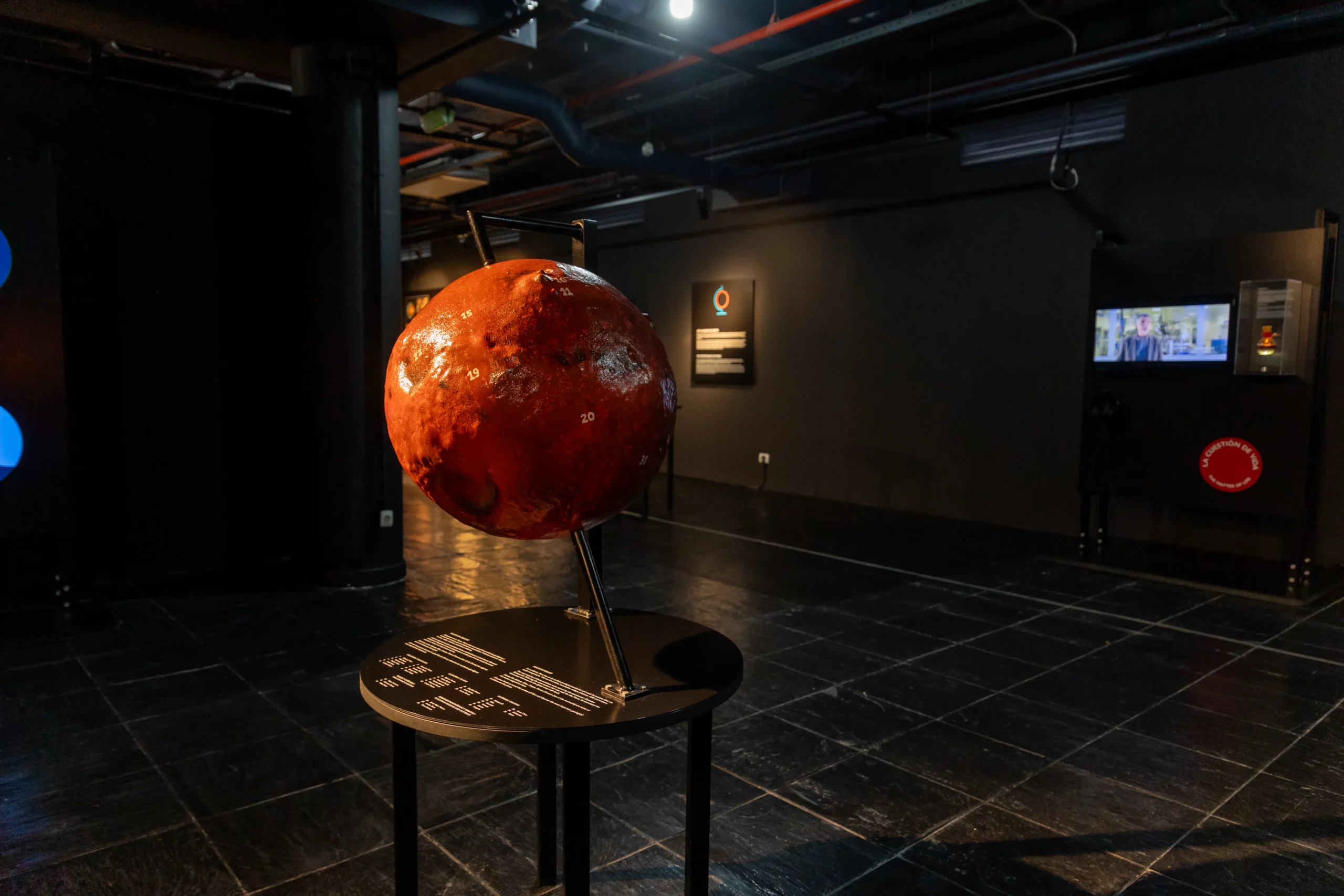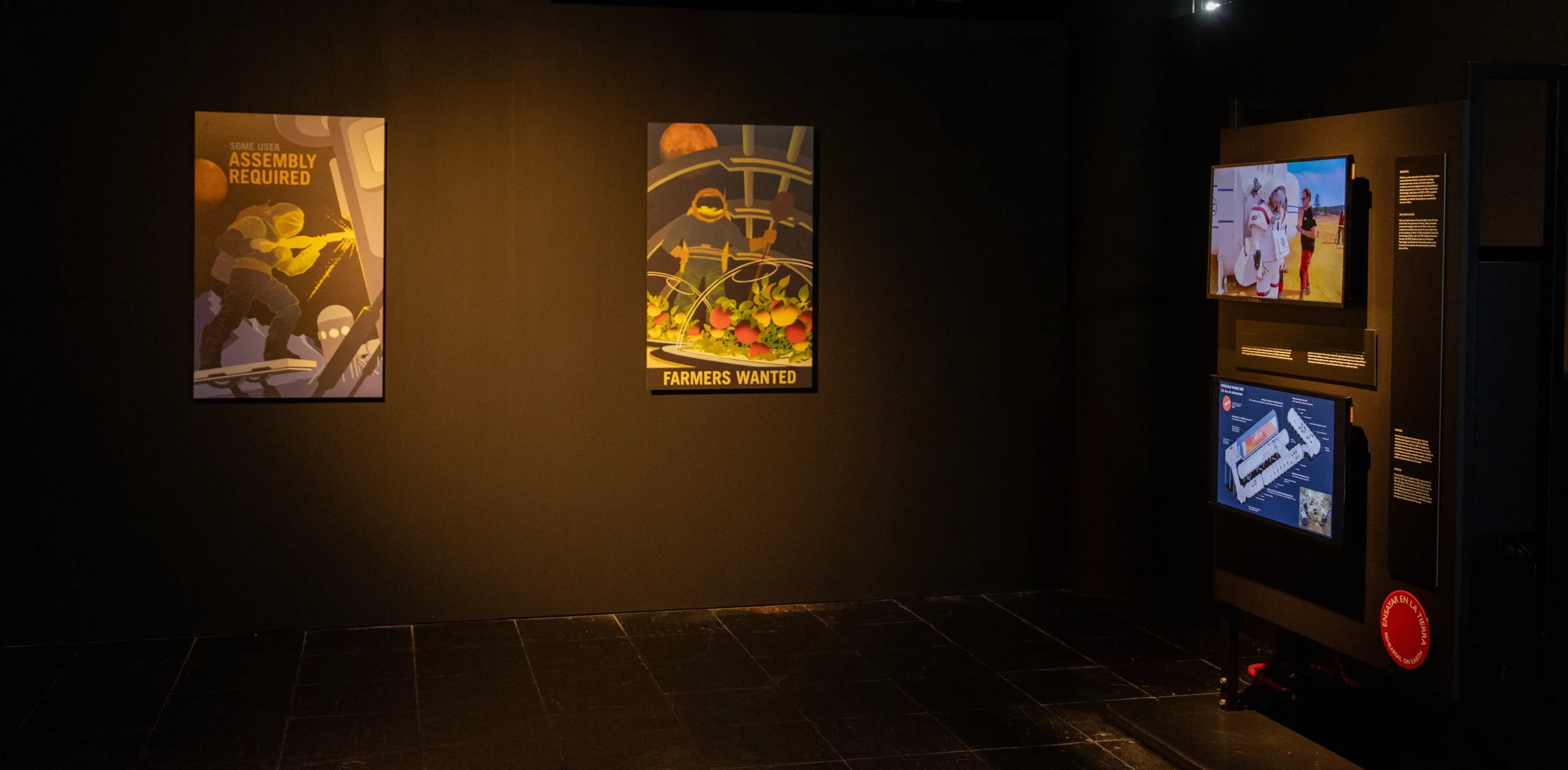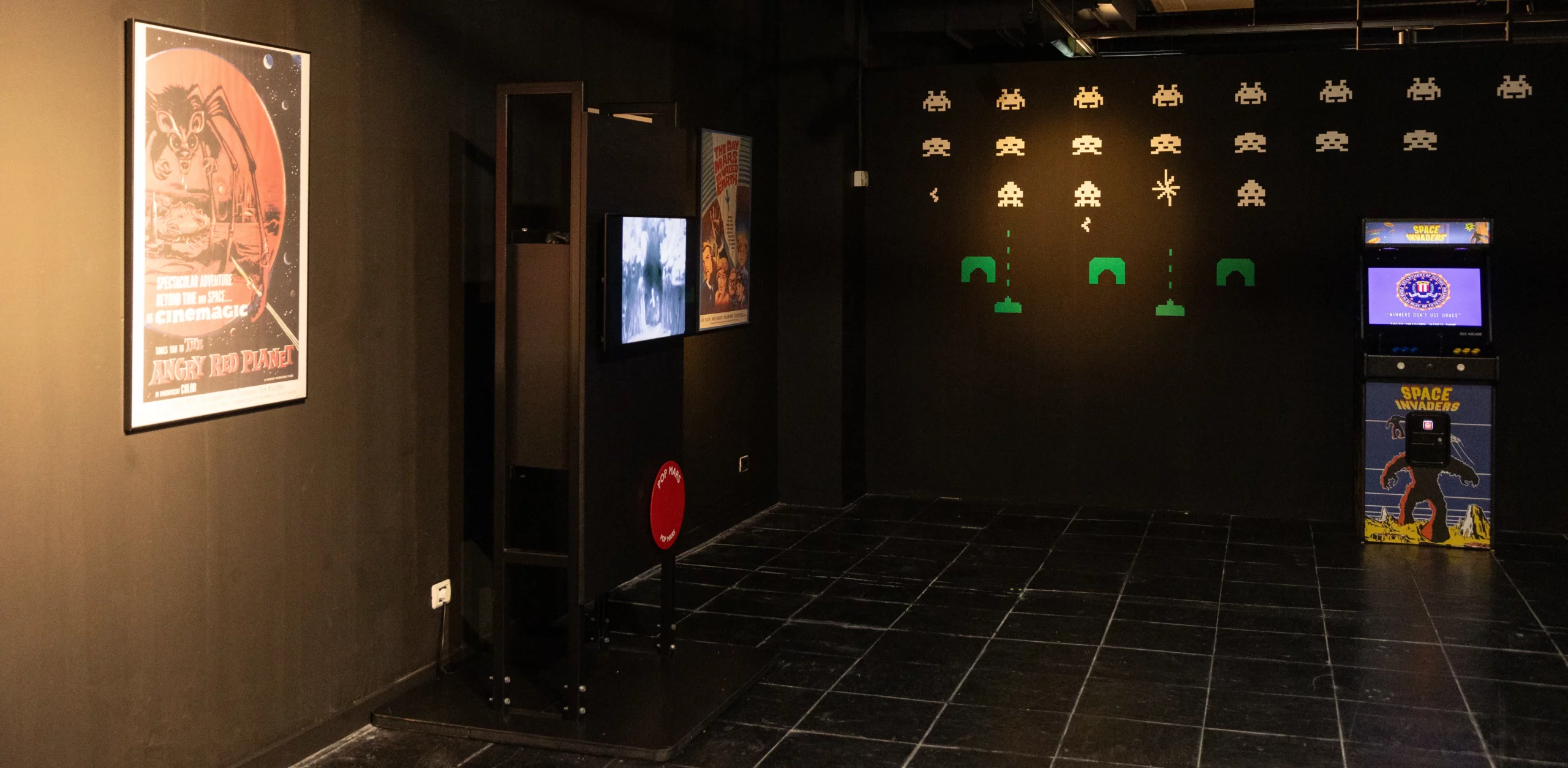Exhibitions
‘Mars. The conquest of a dream’, in Las Palmas de Gran Canaria
Place
Museo Elder de la Ciencia y la Tecnología (Las Palmas de Gran Canaria, España)
Date
18 October 2024 - 30 June 2025
Mars has attracted human curiosity since antiquity both for its reddish color and its peculiar movement. The exhibition responds to this need to know more about the red planet, from its study throughout history to the first space missions and their impact on popular imagination.

‘Marte. La conquista de un sueño’, en Las Palmas de Gran Canaria
The fascination and curiosity for Mars was born 4,500 years ago, when the Assyrians were the first to reference the red planet Mars. Since then, there have been great milestones in the history of studying the planet closest to Earth, from the first drawing made by Fontana in 1608, the first photograph in 1907 or the first Mars landing in 1976, which some predict will culminate in 2030 with the arrival of human beings to the fourth planet of the Solar System.
The Elder Museum hosts Mars. The conquest of a dream, a major exhibition that has had the advice of INTA, ESA, INAF (Astronomical Observatory of Rome) and that aims to give a vision of all perspectives of Mars, both from a scientific and cultural and historical point of view.
The exhibition, co-produced by the Ciutat de les Arts i les Ciències de València and Fundación Telefónica and which can be visited at the Elder Museum of Science and Technology from October 18, 2024 to June 30, 2025, is divided into five major blocks: the fascination with Mars, which includes why the red planet arouses interest and the data that defines and distinguishes it from the rest of the planets in the Solar System; the observation of Mars from a scientific and science fiction point of view; Mars from the collective imagination and its representation in culture; a review of the different milestones in the space race towards Mars and the future in the human conquest of Mars, which encompasses from current experiments with astronauts on Earth, studies on Mars landing, as well as plausible habitats on Mars and what interplanetary adaptation would be like.
Mars. The conquest of a dream
Mars has attracted the curiosity of scholars since antiquity both for its reddish color and its peculiar movement through the firmament. The first block takes a journey through the representations that different civilizations such as the Greek, Roman, Indian or Aztec make of the Planet, linking it to chaos and war. In addition, it brings us closer to the reasons for this fascination: Mars is the best positioned candidate to harbor or have harbored biological life, science wants to understand why a planet with water became an arid desert at the mercy of cosmic radiation and considers the conquest of a new space to become the first interplanetary species.
With eyes on Mars
The second block focuses on the observation and study of Mars. Many have been the historians, philosophers and scientists who tried to solve its enigmas. Plato in the 5th-4th century BC was the first to propose the order of the planets. But it is not until 1609 when Galileo Galilei observes Mars for the first time with a primitive telescope. From there grows the documentation and real representation of the planet: the first drawing by Fontana in 1636, the first map of Mars features by Christiaan Huygens, in 1659, through the first cartography of Mars in 1840 until reaching the first image in 1907 and so on until the sophisticated records of the Hubble space telescope.
This section also collects documents and references of how some of these same scientists encouraged the belief in the existence of life on Mars. Names as recognized as Tesla or Marconi or the astronomer Giovanni Schiaparelli fueled more than anyone what fiction has in Mars science, from the existence of channels or Martian life.
Mars in imagination
Curiosity about Mars has also had its translation to popular culture, from movies about Martians or books as emblematic as The Martian Chronicles, by Ray Bradbury or the song Life on Mars, by David Bowie in December 1971 on the album Hunky Dory. The exhibition reviews the effect that the red planet has generated in different eras and contexts such as a collection of Mars stamps from different places in the world to various comics or movies from the 1920s or a series of holograms that represent the most famous Martians from science fiction.
Towards Mars
The fourth chapter brings us closer to the space exploration of Mars through 3D models of the different spacecraft and the most outstanding missions to the red planet, less than half fully successful. Among these, the Mariner 4 stands out, which on July 14, 1965 put an end to centuries of fantastic speculation: the 22 images taken at 10,000 kilometers from Mars, sent by the probe, ended the idea of the existence of life by showing an inhospitable and hostile world.
Also, the Mars Express mission has orbited the red planet since 2003, making a deep analysis of its seasons, meteorology and geology. Also the Spirit and Opportunity vehicles allowed us to approach the planet with unprecedented detail, the Phoenix mission managed to descend several centimeters below the dust and Curiosity, the heaviest object successfully deposited on the Martian surface, shared its selfie with us.
On Mars
NASA plans to launch the first crewed mission to Mars for the 2030s decade. Currently, astronauts aspiring to go to Mars rehearse in places on Earth such as Devon Island, in the Arctic, or the landscape of Río Tinto, in Huelva, with isolation experiments to see the effects of long incommunication on health.
The best conditions to travel to Mars occur every two years, depending on the planet’s position relative to the Sun and Earth. Scientists and engineers seek the ideal location to establish the first outpost, taking into account the difficulties of landing and the extremely complex challenge of surviving there due to the lack of water and food and, among others, the need for protection systems against radiation.
Another challenge that arises is how settlements should be to adapt to the extraordinary requirements imposed by climate and survival. There are already projects that address settlements on Mars: from underground construction, igloos or terraforming, that is, progressively transforming the Martian environment into one more similar to Earth’s.







